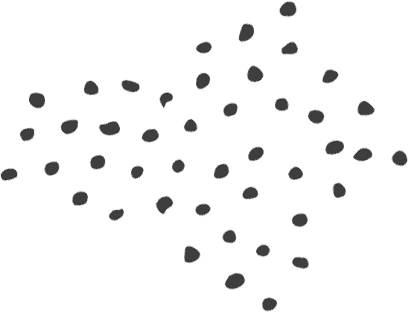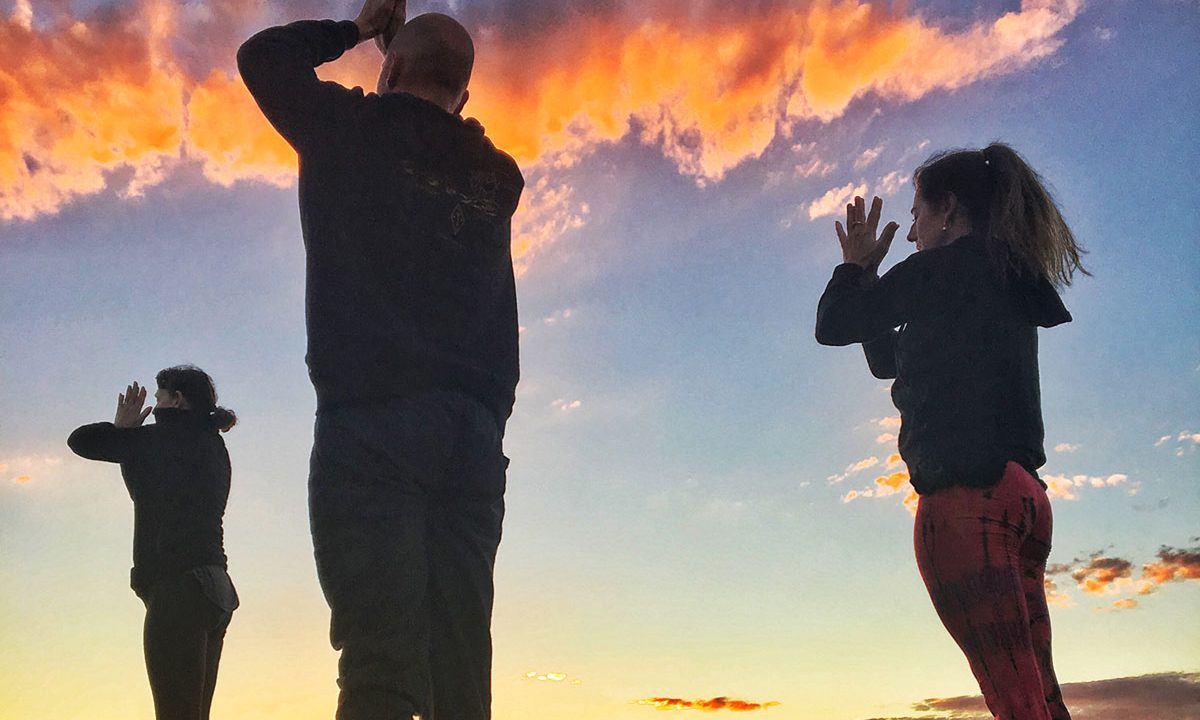Don’t Give an Om Yin Yoga Experience

In today’s modern world we need to counter the busy-ness of our lives with rest and conscious breath. We need a practice that allows us to slow down, deliberately and mindfully, from the inside out.
A yin yoga class goes well beyond a few simple stretches. We target the deeper layers of the body- the connective tissue, joints, fascia and bones.
We hold the poses for longer so the physical focus is much deeper than in a general yoga class and this time allows for self-reflection.
“Layer by layer, breath by breath a true letting go occurs. Wisdom comes from letting go.Yin yoga is a more meditative approach, an undoing kind of practice. Yin yoga allows you time to slow down and be still.” (Tara Fitzgibbon)
In this ‘taster’we will experience a gentle flow, which works the spine and hips. You will finish with a spinal twist before final relaxation. You will practise deep conscious breathing as a way to begin exploring deep rest and hold the postures for a minimum of three minutes in order to allow the body to relax, the fascia to release and the muscles to lessen their hold on the bones. We will relax between 30 seconds to 1minute between asana to fully experience the release.
Yin yoga is also about nourishing, moving the Prana or Chi throughout the body through the energy lines; the meridians, nadis and chakras of the body, however we will only briefly touch on this energy distribution during this class.
What better time to begin this experience than of an evening when, hopefully, the working day is behind us and we can allow time to address the need for focused rest and relaxation?
Why not come along to this Yin taster to see how it helps you to continue to create a sense of calm and ease while focusing on how it feels in your body to hold in an asana.
“As you comb through your body for tension you learn how to go beneath the surface of what you see, to connect to what you feel, to the emotions inside the sensation. When you can discern what is behind what you feel, you can practice becoming there.”
From Roman S, a yoga teacher in ‘Meditations from the Mat’
“ The state of being that Roman describes takes time. Most of us spend years pushing our way through our practice, managing and striving, exhilarated and disappointed, ambitious and lazy. We stay busy. We make an effort. Eventually, though, we start to take tentative steps toward getting less busy. As our attention turns inward, we discover another layer of activity. Beneath the physical sensations of our postures we discover our emotional responses. We connect at the level of samskara, or personality. Our habitual responses to situations become plainly visible in the stillness of our inwardly turned attention, the stillness of samyama.Samyama (from Sanskrit संयमsaṃ-yama—holding together, tying up, binding, integration). Combined simultaneous practice of Dhāraṇā (concentration), Dhyāna (meditation) & Samādhi (union). A tool to receive deeper knowledge of qualities of the object.
As we become still here, real change begins to happen because we are removing whatever creates the impression that we are separate. We are dissolving the false persona that obscures our true nature. Fills our lives. We are stepping out into the light. All that is required to do this is willingness and practice. In time the clamourings of our false self grow faint and the quiet of our soul fills our lives.
In the West, true understanding of Yin and Yang is uncommon. We don’t think in these terms; our lifestyles rarely reflect the need for balance. We seek it only when the universe forces us to pay attention, when we suffer the breakdown that avoiding our dark side creates. Only then do we seek help to regain balance. Only when we injure our bodies do we slow down and look for gentler ways to exercise. We can be yang-like for only so long before crashing. We can be yin-like for only so long before stagnating. We need balance in all things.
The point of yoga practices is to enter into a meditative state from which realisation or liberation may arise. Yin yoga develops an opening especially in the hips and lower back.
Yoga was never a competitive sport: it is an inward practice designed to build awareness, non-attachment, equanimity, and contentment. We do not use the body to get into a pose; we use the pose to get into the body. Practiced correctly, yoga can provide all the physiological benefits while offering the deep inner calm and insights treasured by the yogis of old. We simply have to practice mindfully, with attention and intention.
These poses are deceptively powerful. They may look gentle from the outside or it may seem as though you aren’t doing much, but this is how we learn to let go of accumulated tension. Learning to REST yet be present with your breath and your body is the key to transformation.
The age-old wisdom of yoga teaches well being is enhanced by a healthy spine. The spine is the entry point to releasing all other tensions in the body. These Yin sequences release the deep spinal tensions, opening your body to a new level of energy,awareness and hopefully, bliss.
To achieve this we have to work deep into the body to the connective tissue that holds our physical form together such as our bones, muscles and organs. The connective tissue or FASCIA is like a bandage or netting around our entire internal structure. Fascia needs to be stretched or rolled to stay juicy. The body dries out as we age therefore working with the fascia slows down the ageing process. When we do yoga, especially Yin yoga our body inside and out becomes quenched and rehydrated.
When we sleep, age or stop stretching we tighten and our fascia sticks together. This creates the stiff feeling we may experience daily, especially when we wake each morning. We don’t want the fascia to stick as this lessens the mobility of our joints. When we
The Three Tattvas (category or reality or principal nature of a thing) of Yin Yoga Practice
- Come into the pose to an appropriate depth.Go only to the point where you feel a significant resistance in the body. “The Goldilocks position”.If the body opens and invites you in deeper, then accept the invitation and go to the next level. As long as we are not experiencing pain, we remain. Pain, not discomfort.
- Resolve to remain still. Once we have found our level we settle into the pose, without moving. Unless we are in pain or struggling to remain in the pose. We seek 3 kinds of stillness: of the body, like a majestic mountain, of the breath, like a calm mountain lake, of the mind like the deep blue of the sky When the breath slows down so does the mind.
- Hold the pose for time.Yin poses are generally held for at least one minute and sometimes as long as 20.
INTENTION
Why are you doing yoga today
- Health?
- Strengthening?
- Balance?
- Meditation?
These are all valid reasons for doing yoga, but there can be more — we can set an intention beyond our own benefit, to a greater purpose than ourselves “ishvara pranidhana”(a surrendering of our efforts to something greater than ourselves).
Whatever your reason practice with full attention along with the intention.
Opening Meditation
Spend 3 minutes or more noting from where you are starting.
Allow your awareness to sink into your lower belly. Notice the rhythm of your own breath without changing anything. Notice and accept.
Now broaden your awareness to other parts of your body. Then check in with how you are feeling. Take note of what is arising without judgement. Then notice the thoughts that are arising. Don‘t try to stop them, notice and let them go.
The Breath 8 minutes Yin
Ujayi to stay focused and present.
Listen to the sound of your own breath without changing it. If you can, breathe in and out through the nose. Begin to listen to the sound of the breath as it moves through the back of your throat. There is a very quiet, subtle sound. Listen…
Slightly constrict the muscles at the base of the throat, like you were going to clear your throat .Now the sound of your breath is a little louder, a little more exaggerated. Ujjayi breath. Slow down the sound of your breath and take it more internally. Smooth out the flow of the breath so there are no surges or tapering off. It is now a smooth and steady flow and a smooth and steady sound.
Slow down the breath,even a little more. Observe your breath. Where does it easily flow? Where is there a constriction?
When the mind moves to imagined futures or remembered past use the sound of the breath to bring you back to the present.


